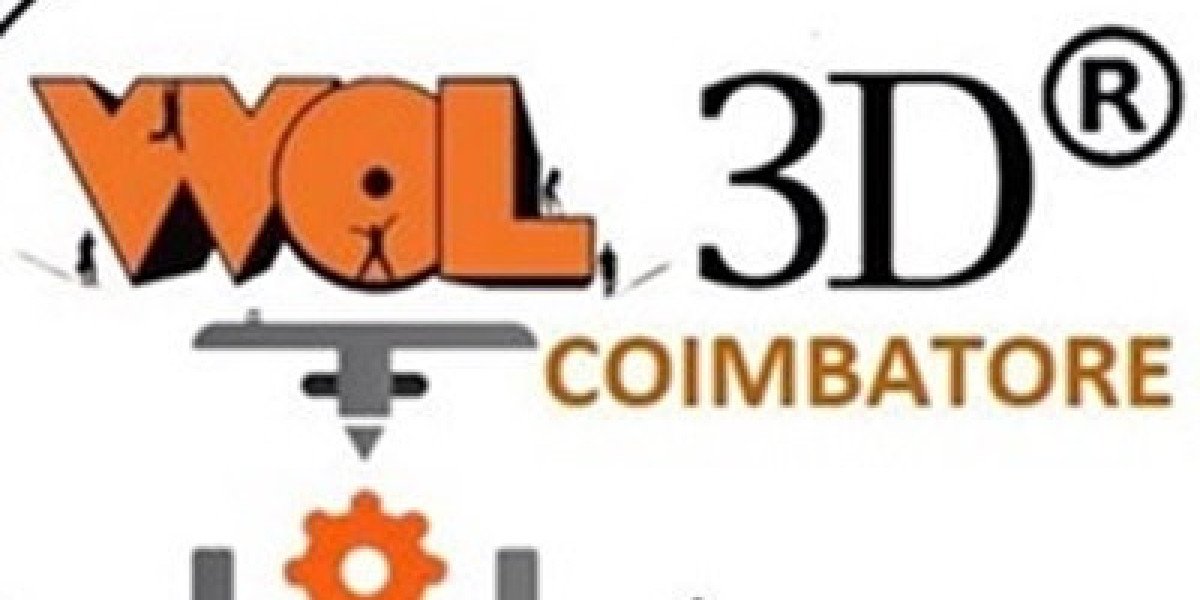Collecting antique porcelain plates can be a rewarding and enriching hobby. These exquisite items not only serve as decorative pieces but also tell stories of history, culture, and craftsmanship. In this guide, we will explore the essential aspects of collecting porcelain plates, including their history, types, and tips for beginners.
Understanding the History of Porcelain Plates
The history of porcelain plates dates back to ancient China, where the art of porcelain-making was perfected. Did you know that the term "porcelain" comes from the Italian word "porcellana," which means cowrie shell? This name was inspired by the smooth, shiny surface of porcelain that resembles the shell. Over the centuries, the craft spread to Europe, leading to the creation of renowned porcelain manufacturers such as Meissen, Wedgwood, and Royal Doulton.
Types of Porcelain Plates
When it comes to porcelain plates, there are several types to consider. Each type has its unique characteristics and appeal:
- Bone China: Known for its strength and translucence, bone china is made with bone ash, giving it a distinctive quality.
- Hard Paste Porcelain: This type is made from kaolin and feldspar, resulting in a durable and non-porous surface.
- Soft Paste Porcelain: Often softer and more prone to chipping, soft paste porcelain was an early attempt to replicate hard paste.
- Transferware: This style features printed designs, often depicting landscapes or floral patterns, making it a popular choice among collectors.
Tips for Collecting Antique Porcelain Plates
As a beginner, you may wonder how to start your collection of porcelain plates. Here are some valuable tips:
- Research: Familiarize yourself with different styles, manufacturers, and historical periods. Knowledge is key to making informed purchases.
- Inspect Carefully: Always examine plates for chips, cracks, or repairs. These factors can significantly affect their value.
- Join Collectors' Groups: Engaging with fellow collectors can provide insights and resources that enhance your collecting experience.
- Visit Antique Shops and Fairs: Exploring various venues allows you to discover unique pieces and learn from experienced sellers.
Where to Find Quality Porcelain Plates
For those interested in expanding their collection, online platforms offer a vast selection of porcelain plates. One such resource is  , where you can find beautifully crafted plates that cater to various tastes and preferences.
, where you can find beautifully crafted plates that cater to various tastes and preferences.
In conclusion, collecting antique porcelain plates is an art that combines passion, knowledge, and appreciation for history. By understanding their origins, types, and the intricacies of collecting, you can embark on a fulfilling journey that enriches your life and home.







